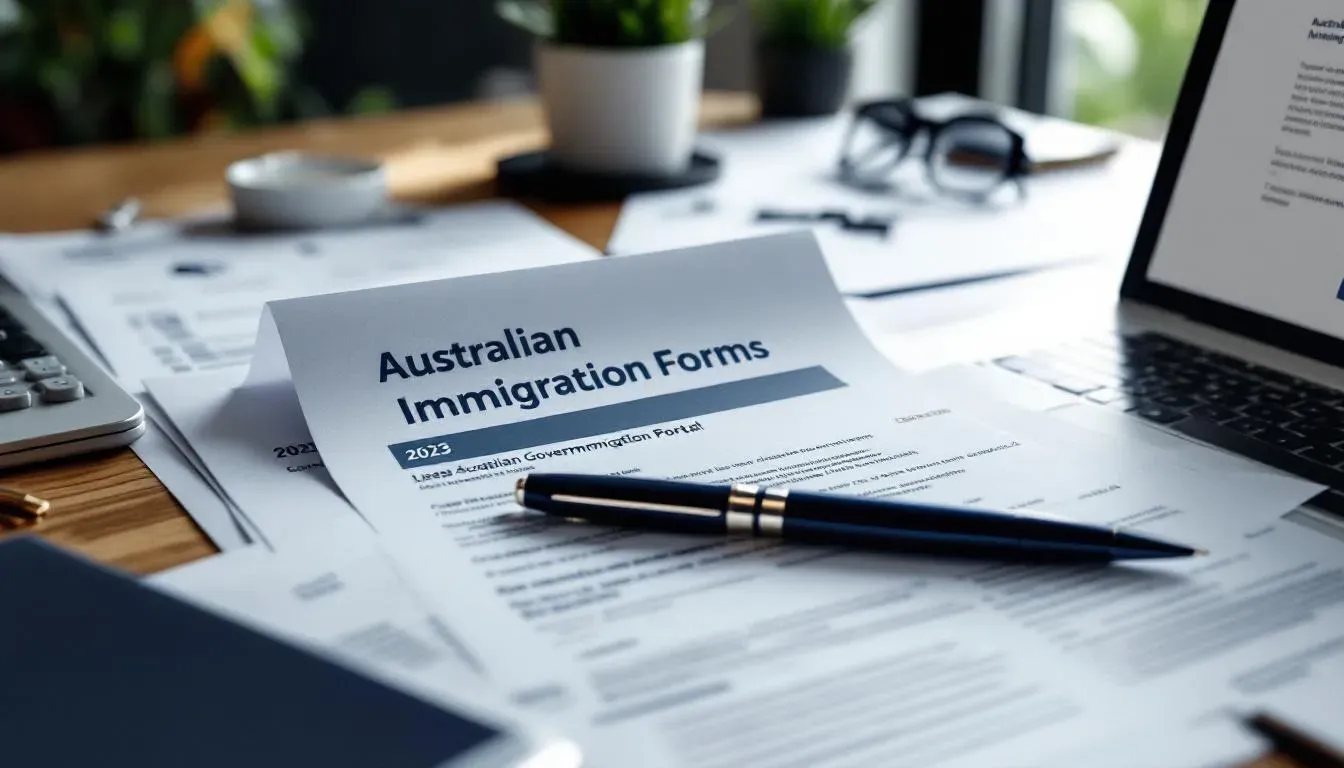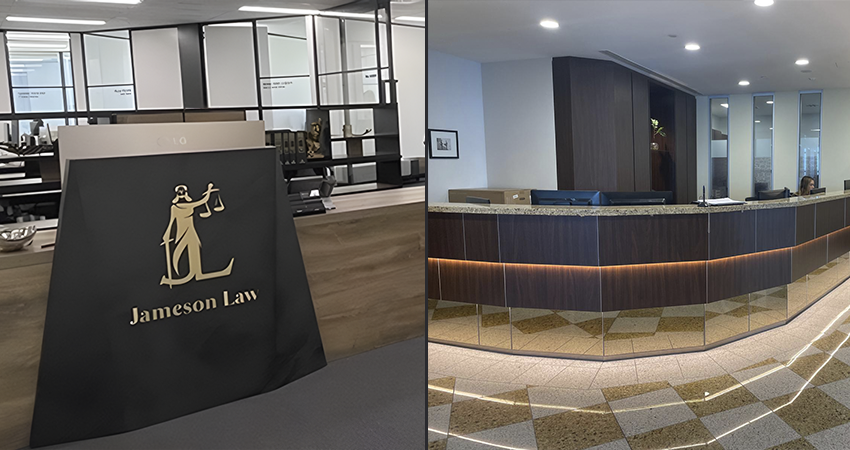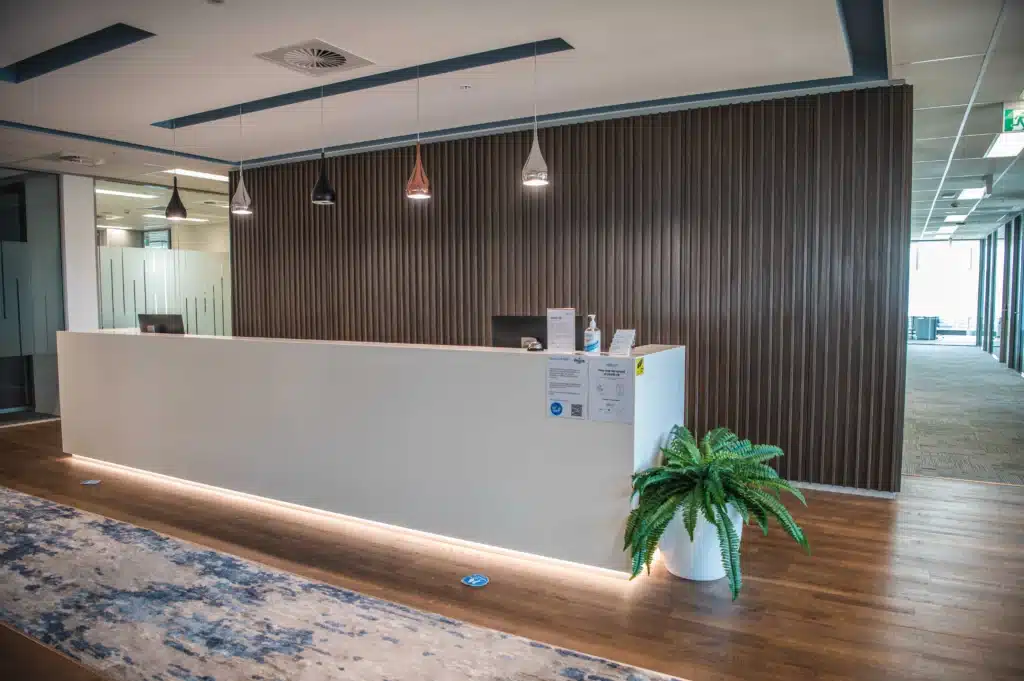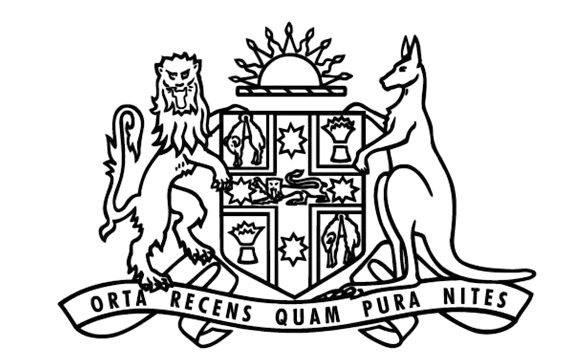Australian immigration policies are constantly evolving, and 2023 has brought significant changes. At Jameson Law, we’ve seen firsthand how these updates impact individuals and families seeking to make Australia their home.
This blog post will explore the latest changes in Australian immigration 2023, covering new visa categories, modifications to existing programs, and practical advice for navigating the updated system.
What’s New in Australian Immigration?
Australia’s immigration landscape has undergone significant changes in 2025. These updates affect skilled migration programs, regional visas, and student and graduate visas. Let’s explore the key modifications that could impact your immigration journey.
Skilled Migration Program Overhaul
The Australian government has revamped its skilled migration program to address critical workforce shortages. A central change was the phasing out of the Temporary Skill Shortage (TSS) visa, replaced by the new Skills in Demand (SID) visa featuring three streams:
- Core Skills Stream: This targets high-demand skill areas, addressing urgent labour shortages.
- Specialist Skills Stream: This focuses on high-income roles, with a minimum income threshold of $135,000.
- Labour Agreement Stream: This addresses specific industry needs.
Income thresholds for all SID visas will now receive annual indexation, keeping pace with economic trends. This change aims to ensure that skilled migrants’ salaries remain competitive and reflect the Australian job market.
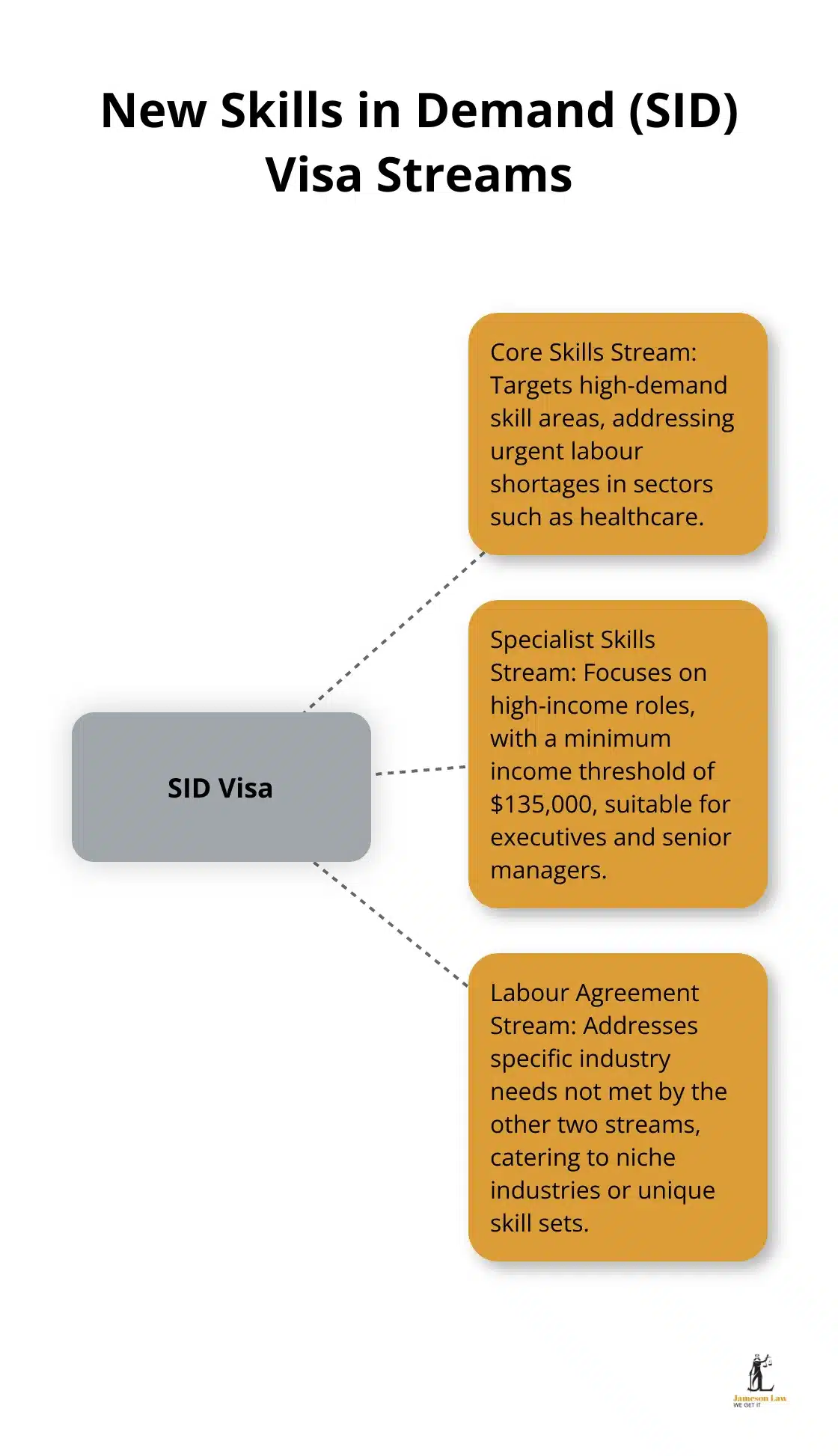
Regional Visa Initiatives
To promote population distribution and address regional workforce needs, the government has introduced new incentives for regional migration. The Northern Territory, for example, has implemented a new Designated Area Migration Agreement (DAMA) with expanded occupations and increased nominations.
This agreement includes a more comprehensive list of eligible occupations available for sponsorship which are closely aligned with the region’s needs. If you consider migration to Australia, exploring regional options could potentially fast-track your visa application process.
Student and Graduate Visa Updates
International students and graduates face notable changes in visa regulations. From 1 January 2025, most student visa applications will require a valid confirmation of enrolment to lodge, with letters of offer no longer accepted. This change aims to streamline the application process and reduce potential fraud.
For graduates, the Temporary Graduate Visa program has seen substantial alterations. Age limits have decreased to 35 years for most streams, and stay durations now vary based on qualifications:
- Up to 2 years for bachelor degrees
- Up to 3 years for PhDs
These changes reflect Australia’s focus on attracting young, highly skilled individuals who can contribute significantly to the workforce.
Navigating the New Landscape
The recent changes to Australian immigration policies have created a complex landscape for prospective migrants. To successfully navigate these changes, you should:
- Stay informed: Regularly check the Department of Home Affairs website for updates.
- Seek professional advice: Immigration laws can be complex. Consider consulting with immigration experts (like those at Jameson Law) to understand how these changes affect your specific situation.
- Plan ahead: Many of these changes have specific implementation dates. Factor these into your migration timeline.
As we move into the next section, we’ll examine how these changes impact different visa categories in more detail, providing you with a comprehensive understanding of the new Australian immigration landscape.
How Are Visa Categories Changing?
Skilled Migration Visa Revamp
The Australian government has replaced the Temporary Skill Shortage (TSS) visa with the new Skills in Demand visa SC 482 on December 7, 2024. This new category offers three distinct streams to address specific workforce needs.
The Core Skills Stream targets urgent labour shortages in high-demand areas. Healthcare professionals, particularly nurses and aged care workers, are in high demand due to Australia’s ageing population. Qualified nurses who consider migration might find this stream provides a smoother pathway to work in Australia.
The Specialist Skills Stream focuses on high-income roles, with a minimum income threshold of $135,000. This stream applies to executives, senior managers, and highly specialised professionals. Leaders in technology or finance fields might find this stream particularly attractive.
The Labour Agreement Stream caters to specific industry needs not met by the other two streams. This could apply to niche industries or roles that require unique skill sets.
Income thresholds for all SID visas will receive annual indexation. Prospective migrants must stay informed about these adjustments to ensure their eligibility.
Family Visa Updates
The Department of Home Affairs has introduced online processing for permanent parent visa applications lodged from November 2018. This change allows for easier document uploads and faster processing times.
Australian citizens or permanent residents who want to bring their parents to Australia might benefit from this update (which could significantly reduce waiting times and simplify the application process). However, the number of parent visas granted each year has a cap, so early application is advisable.
Business and Investment Visa Modifications
The business and investment visa landscape has evolved. The Global Talent Visa program has expanded to attract high-calibre talent in technology and innovation fields. This program now offers a fast-tracked pathway to permanent residency for exceptional candidates in specific sectors.
For entrepreneurs and investors, the changes to business visas reflect Australia’s focus on attracting innovation and capital. The National Innovation visa will replace the existing Global Talent visa from late 2024, emphasising Australia’s commitment to fostering a dynamic, innovative economy.
Business owners or investors who consider migration to Australia might find new opportunities in these changes. However, these visas often require substantial capital investment or proven business success. Thorough research of the specific requirements is essential.
Student and Graduate Visa Changes
From 1 January 2025, most student visa applications will require a valid confirmation of enrolment to lodge (letters of offer will no longer be accepted). This change aims to streamline the application process and reduce potential fraud.
The Temporary Graduate Visa program has seen substantial alterations. The latest 485 visa rules for 2025 include updated stay durations, eligibility criteria, and application fees.
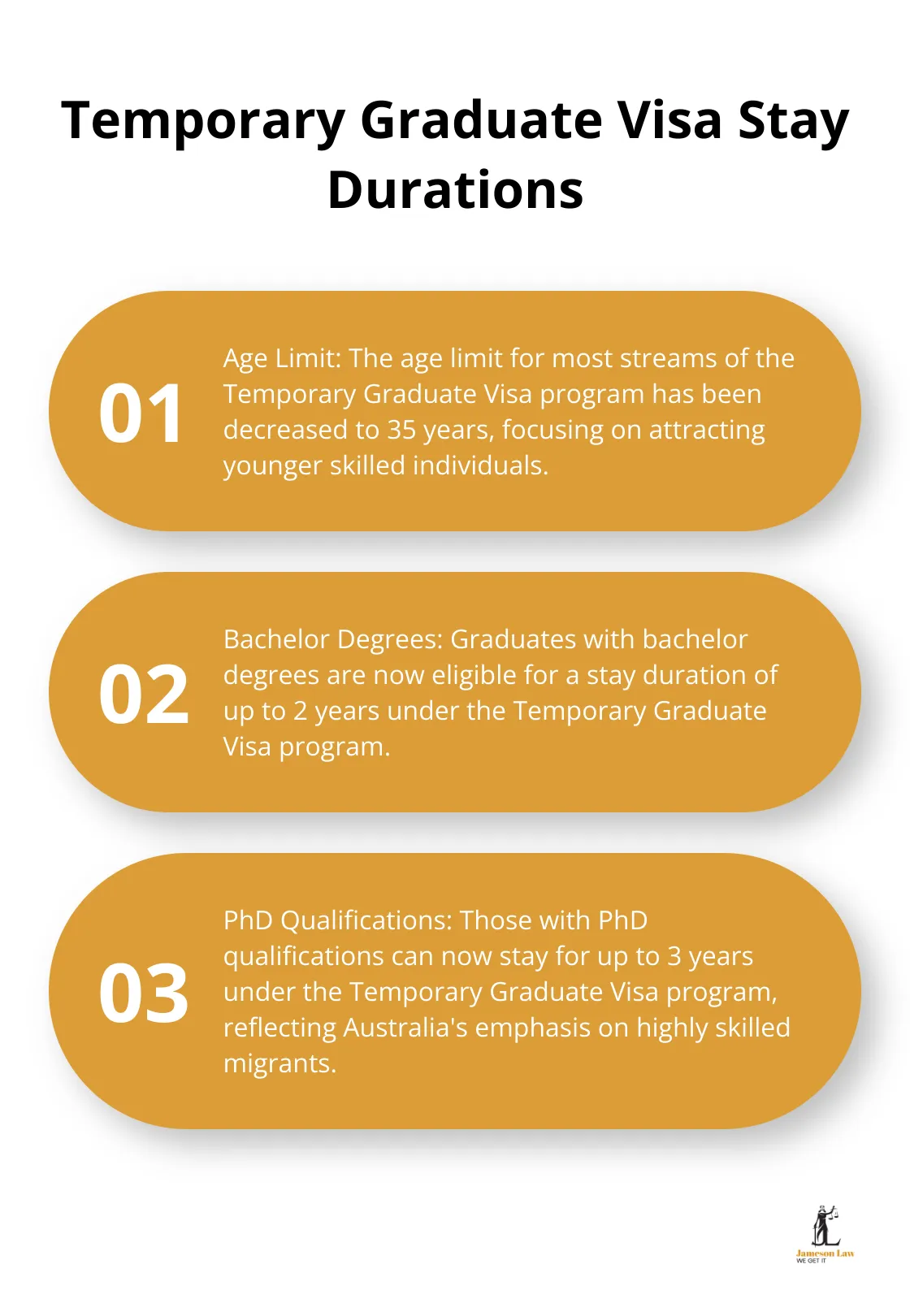
These changes reflect Australia’s focus on attracting young, highly skilled individuals who can contribute significantly to the workforce.
As we move forward, it’s clear that navigating these complex changes requires expert guidance. In the next section, we’ll explore practical tips for prospective migrants and highlight resources to help you stay informed throughout your immigration journey.
How to Navigate Australia’s New Immigration System
Stay Informed and Prepared
The Department of Home Affairs website serves as your primary source for official immigration updates. Check it regularly, as policy changes can occur without much notice. Set up email alerts for relevant visa categories to receive timely notifications.
Immigration tracking tools like ImmiTracker or VisaJourney (community-driven platforms) provide real-time insights into processing times and application outcomes. These tools help you gauge current trends.
Organise your documents and keep them up-to-date. Create a digital folder with scanned copies of all necessary paperwork (including passports, qualifications, and work experience certificates). This preparation can save you valuable time when you lodge your application.
Understand Your Visa Options
The introduction of the Skills in Demand visa requires you to assess which stream aligns best with your qualifications and experience. This temporary skilled worker visa is valid for up to four years and offers a clear pathway to permanent residency.
Don’t overlook regional visa options. The Northern Territory DAMA offers opportunities for employer-sponsored visas under the Temporary Skill Shortage visa program. This could provide a faster route to permanent residency for some applicants.
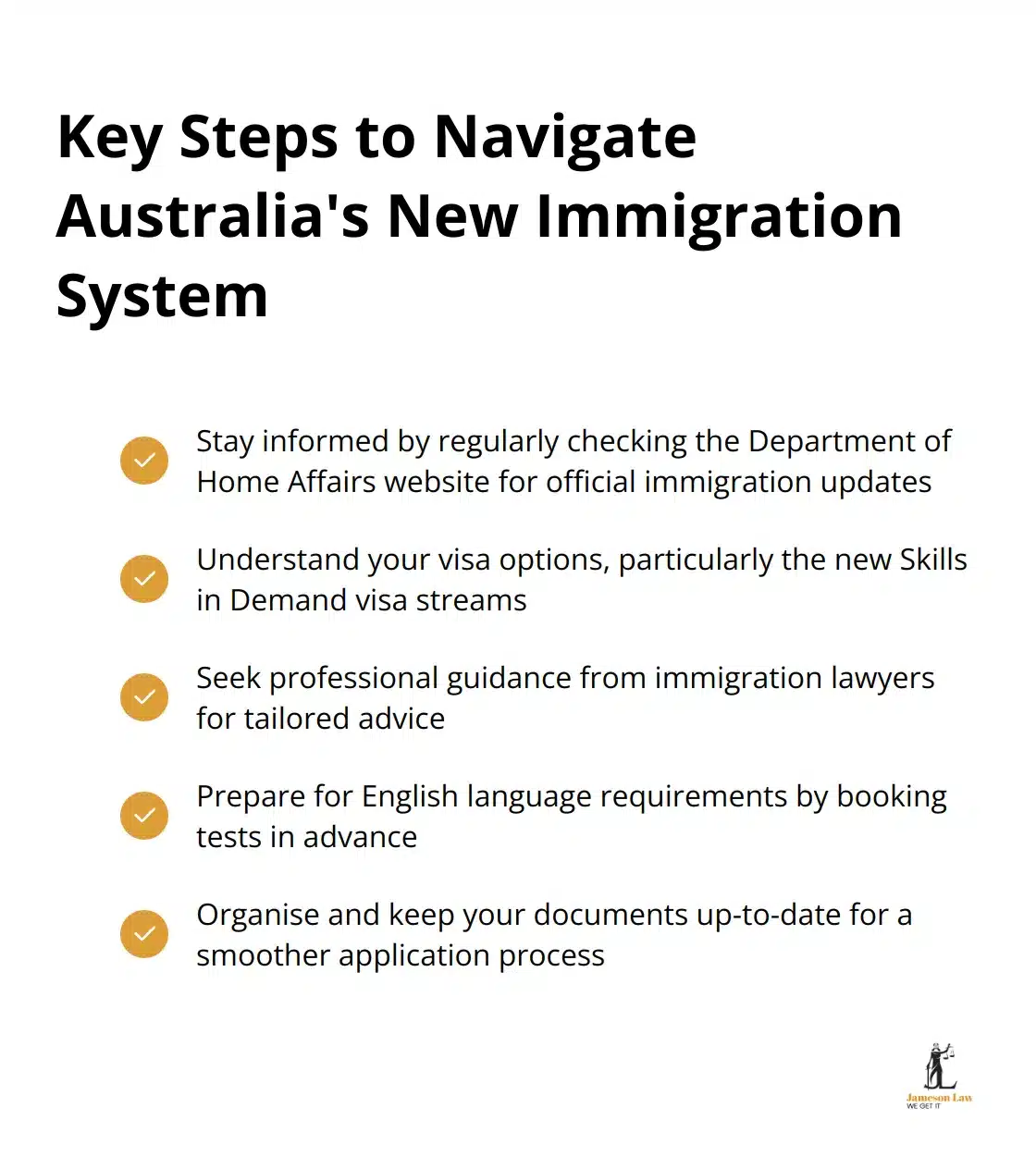
Seek Professional Guidance
The complexity of Australia’s immigration system makes professional advice invaluable. Immigration lawyers provide tailored guidance based on your specific circumstances. They help you navigate the nuances of visa applications, which increases your chances of approval.
Prepare for English Language Requirements
Many visa categories require proof of English language proficiency. Book your IELTS, PTE, or TOEFL test well in advance, as testing slots can fill up quickly. Allow yourself ample time for preparation, especially if you need to retake the test to achieve the required score.
Online platforms like E2Language or IELTS-Simon offer targeted practice materials and mock tests. Invest time in these resources to improve your performance significantly.
Final Thoughts
The latest changes in Australian immigration 2023 have reshaped the landscape for prospective migrants. These modifications address Australia’s evolving workforce needs while maintaining the integrity of the immigration system. The introduction of the Skills in Demand visa, new regional initiatives, and updates to student and graduate visas reflect Australia’s focus on attracting skilled individuals who can contribute to the country’s growth.
Professional legal advice plays a vital role in navigating these complex changes. An experienced immigration lawyer can provide tailored guidance, help you understand your visa options, and increase your chances of a successful application. At Jameson Law, we offer personalised immigration services to guide you through every step of the process.
The path to Australian residency or citizenship is unique for each individual. Thorough research of the latest visa categories and requirements is essential. Meticulous preparation of documents and timely completion of English language tests will support your application process. With the right preparation and guidance, you can turn your dream of living in Australia into a reality.


